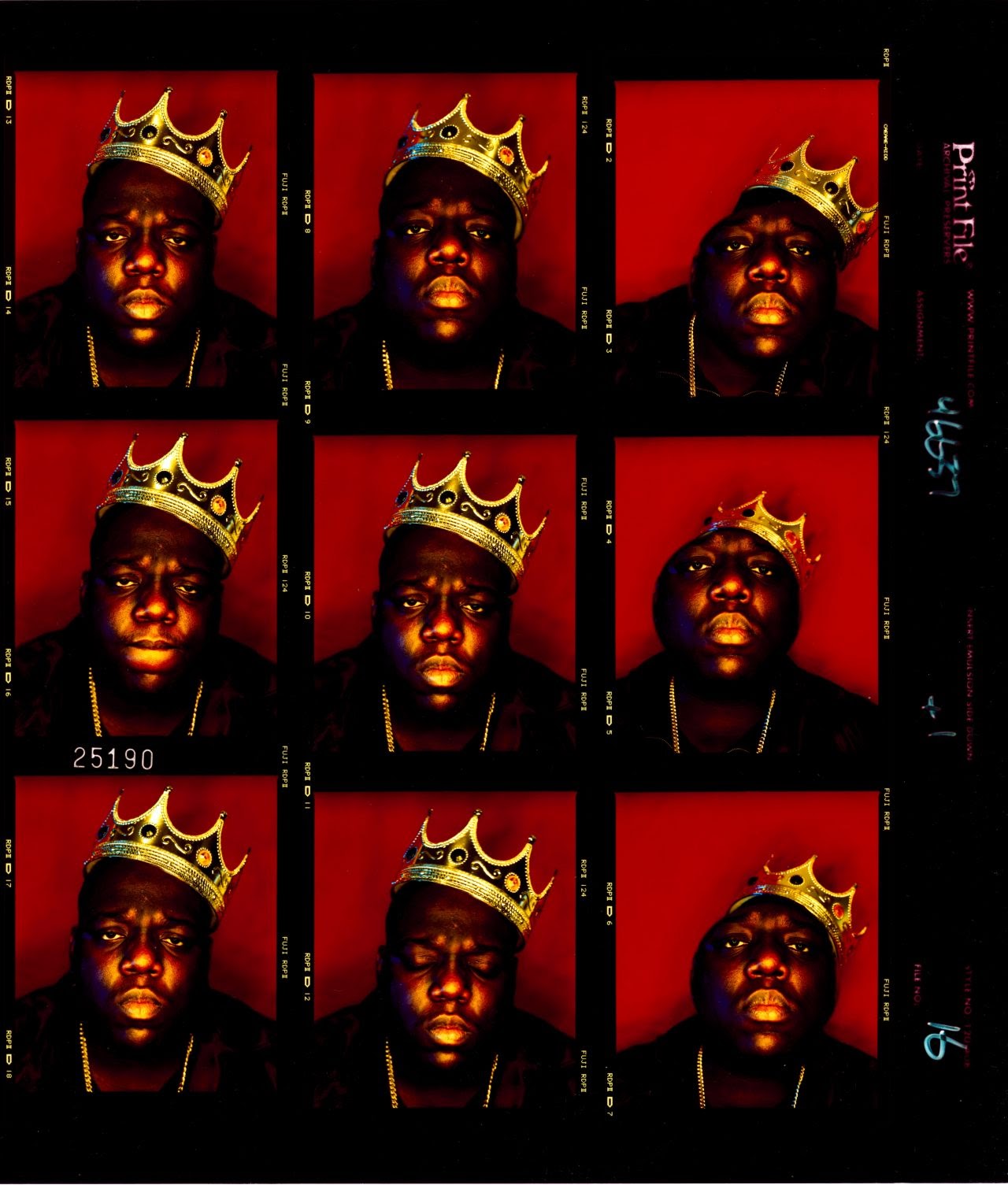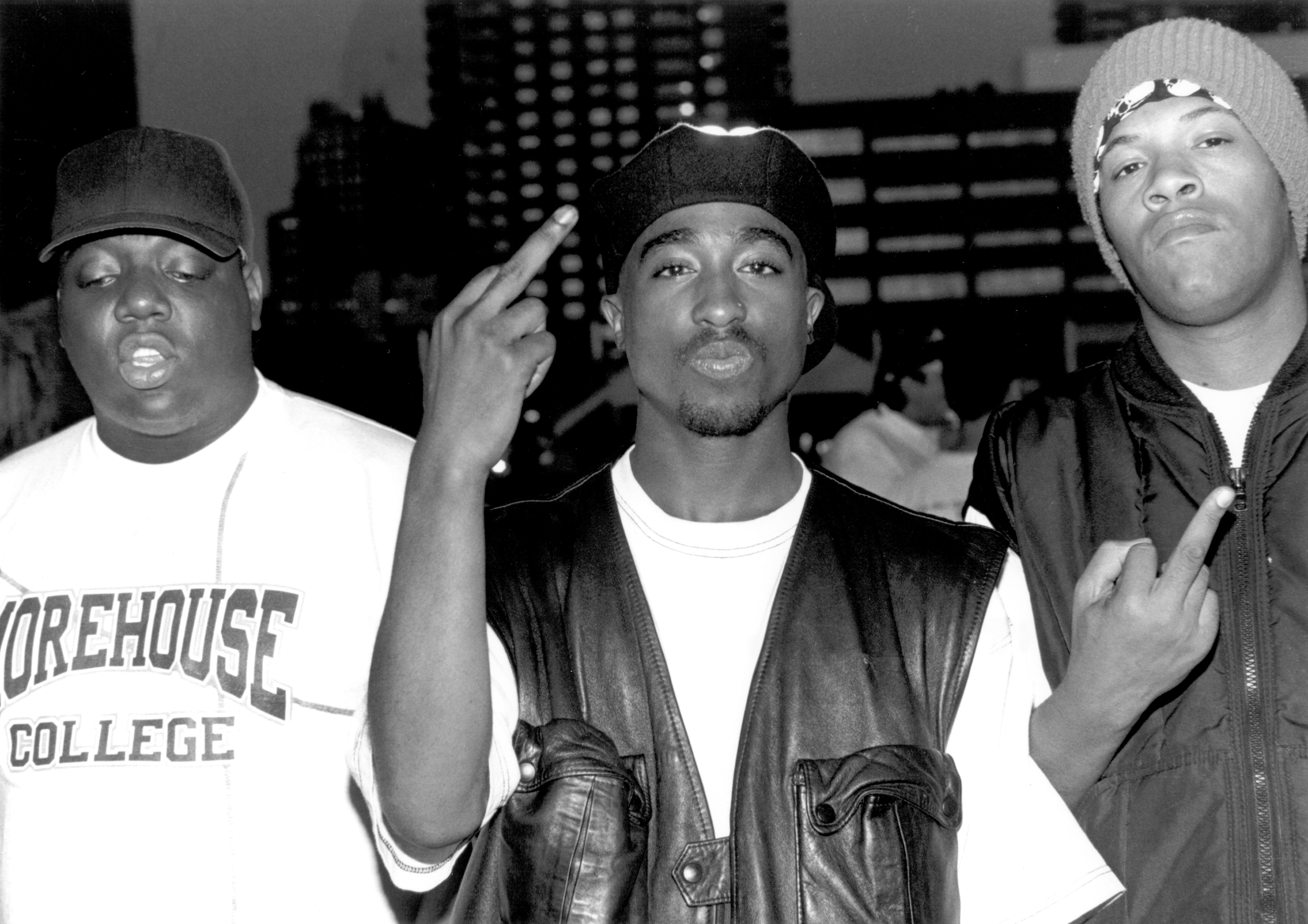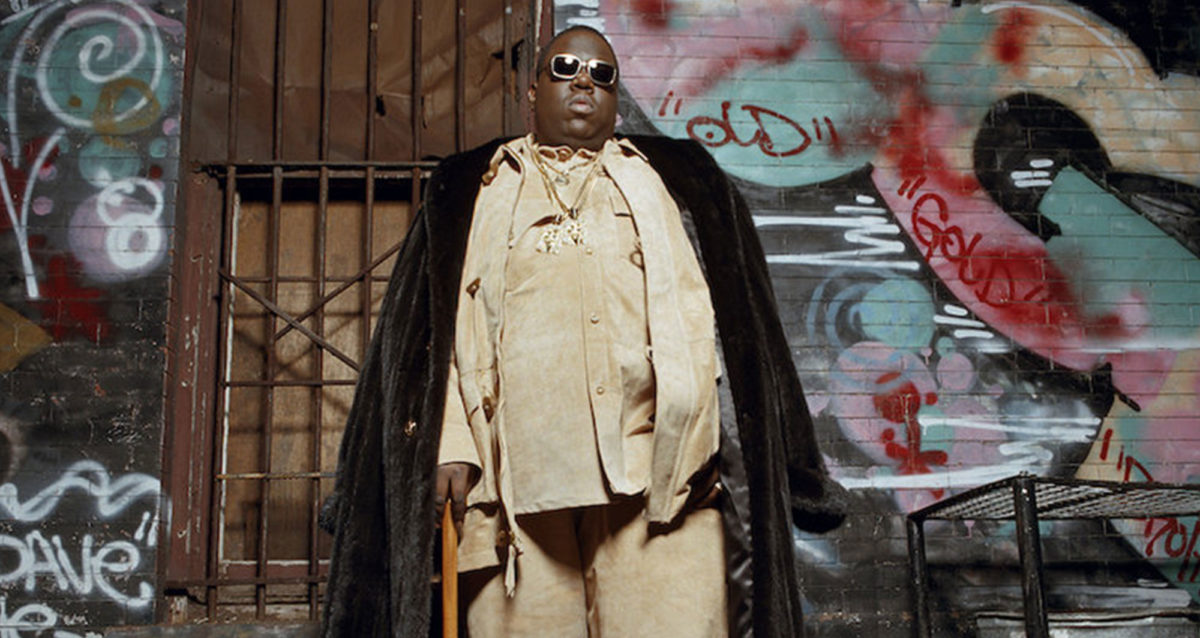

New York had an apparently endless pipeline of fresh talent to power each successive development in hip-hop: Whodini, Mantronix, Roxanne Shante, Luv Bug Hurby, Marley Marl, Eric B & Rakim, Pete Rock & CL Smooth, Boogie Down Productions, Just Ice, Ultramagnetic MCs… the genius of East Coast rap just kept on coming. Party rap, electro, rock-rap, conscious “edutainment” hip-hop, female MCs, political rappers: you name it, it started there. And the East could be forgiven for believing that everything was going to continue to run to its advantage: practically every development in rap up to 1986 was a product of the five boroughs. Like British military men believing at the start of the 20th Century that it was likely to be at war with its traditional enemy (France) rather than its blood relative (Germany), the East Coast’s rappers were fighting parochial battles while the West Coast built up its war machine. After all, the city had had it pretty much all its own way for half a decade or more. It seems clear today that New York was not ready for the rise of West Coast rap in the mid-80s.

And while most rappers knew it was just something in hip-hop’s blood, or a tradition that had to be respected, or perhaps just a way to win respect or publicity, those who were not as aware of the music’s history, or who got carried away with their image as the baddest microphone pimp in the business, took their beefs further – eventually with tragic consequences. When hip-hop became a major business in the mid-80s, they became the MCs in another producer’s stable, or in another city altogether. Originally those rivals dissed as “suckers” were on the next mic – or the next block, the next sound system. The concept of proving yourself and taking on all comers became part of hip-hop’s DNA, surfacing regularly: Run-DMC’s ‘Sucker MCs’, LL Cool J’s ‘Mama Said Knock You Out’, EPMD’s ‘Strictly Business’, Ice-T’s ‘Rhyme Pays’… you couldn’t be an MC without promising to crush your rivals on a regular basis. Rap may have originated at a party, but from the get-go it was dog-eat-doggy-dog out there. Hence the braggadocio of Master Gee: “I’m going down in history as the baddest rapper there could ever be,” on the first rap record most music fans heard, Sugarhill Gang’s ‘Rappers Delight’. So when New York’s rappers first took the mic in public in the 70s, they had two things on their minds: to rock the crowd with party lingua, and prove themselves superior to their rivals. What was called a “clash” in Jamaican music became a “battle” in rap, and Herc, born in Jamaica, and his talented followers (including Grandmaster Flash and Afrika Bambaataa, among others), did much to promote the idea, organising confrontations over breaks across the Bronx.
#Notorious big ready to die influenced by west coast series#
(For examples on record, check out I Roy and Prince Jazzbo’s series of mid-70s diss singles, or, more simply, Shorty The President’s President Mash Up The Resident.) The origins of hip-hop remain debated, but what’s certain is the mobile DJs who ruled the street sound of New York in the 70s – the likes of Kool Herc, Grandmaster Flash and MC Coke La Rock – were heavily influenced by the culture of 70s reggae, where the concept of a clash between sound systems drove the music and MCs fought on the microphone to show their supremacy. So hopeful party poets who grabbed the mic had just a few lines of rhyme to prove they were true MCs. Loyalty mattered, and adherents to a rap crew needed to know that those who took the mic were exciting enough to deserve that loyalty.

Hip-hop was originally a territorial phenomenon, with crews that followed DJs from block party to park jam around Brooklyn and the Bronx.


 0 kommentar(er)
0 kommentar(er)
